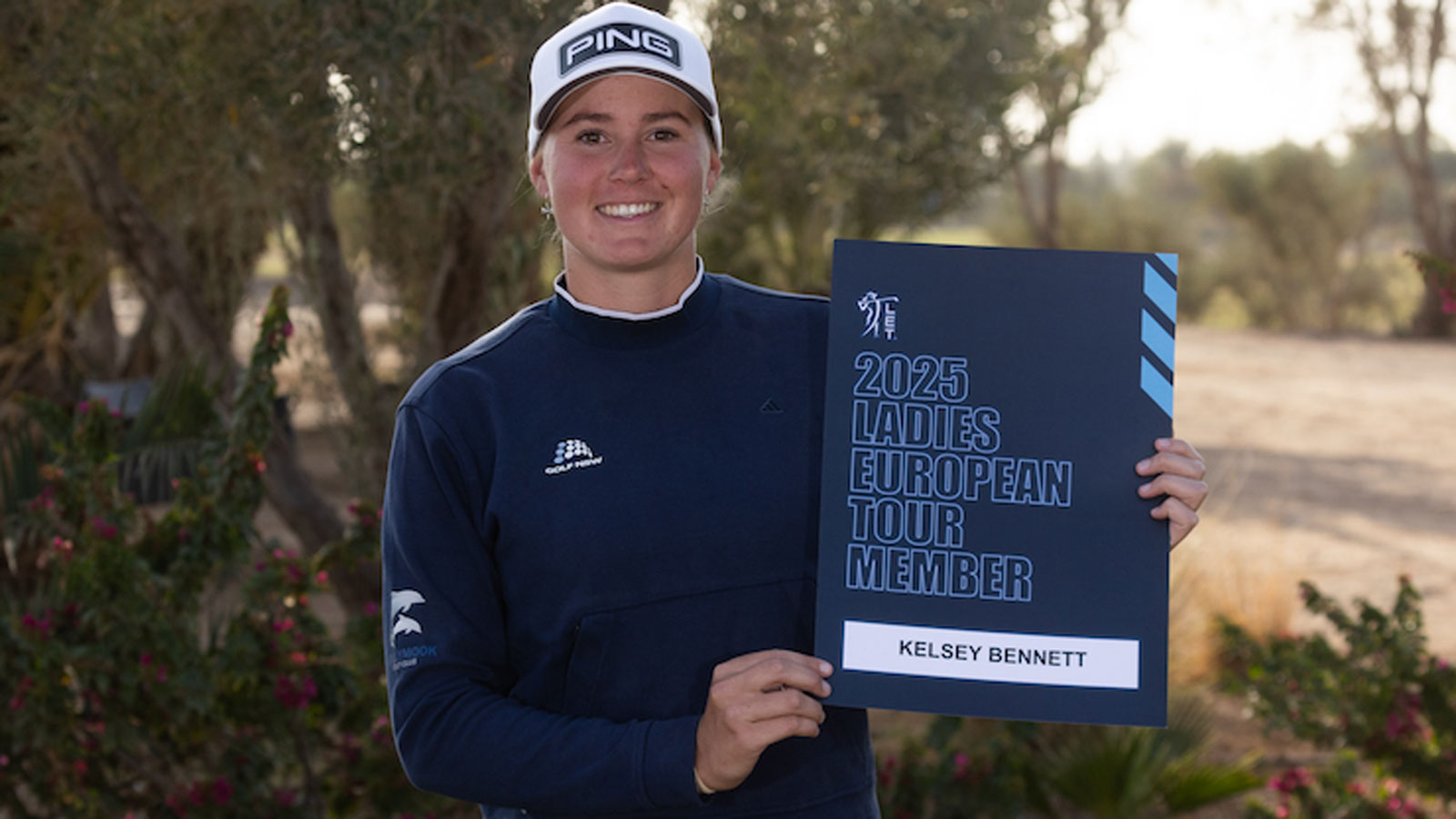Swing Sequence: Go Long And Go Fast! – Australian Golf Digest

- by Admin
- May 28, 2024

Jake Knapp’s backswing delivers effortless power
If there’s such a thing as a modern throwback swing, Jake Knapp’s is it. The PGA Tour rookie’s long, syrupy backswing is of a bygone era but with the ball speed-boosting elements of today’s high-powered swings. The new-old combination helped the 29-year-old Californian capture his first PGA Tour win – the Mexico Open at Vidanta – in just his ninth career start and has him ranked in the top 20 on tour in clubhead speed (122.9 miles per hour), ball speed (182.5mph) and driving distance (305.1 yards/279.0 metres).
Yet there was a time when Knapp didn’t particularly like his swing. Only with the encouragement of his long-time swing coach, Golf Digest Best in State teacher John Ortega, did Knapp learn to love his own old-school move.
“When he was younger, people would be like, ‘How can you let him do that?’” says Ortega, the director of instruction at Costa Mesa Country Club in California. “I was like, ‘What do you mean? That’s what he does.’ I never had the notion that a parallel backswing was all that. Guys like John Daly and Fred Couples that were long hitters back in the day, they all went past parallel. To me, it just made sense: if you can get your body to rotate that far back –so long as the structure is still there – it’s going to create more speed.”
Ortega remains an integral part of Knapp’s team, alongside Golf Digest No.9-ranked teacher Dana Dahlquist. A closer look at Knapp’s backswing reveals a very late wrist set [above, third image] and an extended right-arm position at the top [above, fourth image]. His right arm is quite a bit off his body, but because his backswing is so long, he’s able to gradually increase his speed on the downswing and maximise the clubhead’s velocity through the ball.
“A lot of amateurs will say, ‘I need to shorten my backswing to become more accurate,’” Dahlquist says, “and I’ll always tell them, ‘Well, not necessarily.’”
The important thing is matching your tempo to your swing length, Dahlquist says. Players with short backswings and fast tempos, like Jon Rahm and Tony Finau, have what Dahlquist refers to as “ballistic speed”. Longer swingers, like Knapp, have “building speed”.
“For amateurs, a longer swing can help in two ways,” Dahlquist says. “First, it gives them more time to square up the clubface with their hands. It also gives the club more time to ramp up. Amateurs need time to let the speed gather.”
Photo: dom furore
The Latest News
-
December 23, 2024‘Puts golf on the map here’: Ryan Fox praises Rory McIlroy visiting New Zealand’s Tara Iti, Te Arai – Australian Golf Digest
-
December 23, 2024Freedom Boat Club Announces its 10th Australian Location with its Newest Location Offering Direct Access to the Iconic Brisbane River – Marine Business News
-
December 23, 2024Highfield and Australian Sailing team up in RIB support – Marine Business News
-
December 23, 2024‘I felt horrible’: How Brett Lee went from an ill-fated threat to Test stardom in four balls
-
December 23, 2024QuickWin Casino: Your Fast-Track to Winning in Australia – Fantasy Football 247 – Premier League Tips





